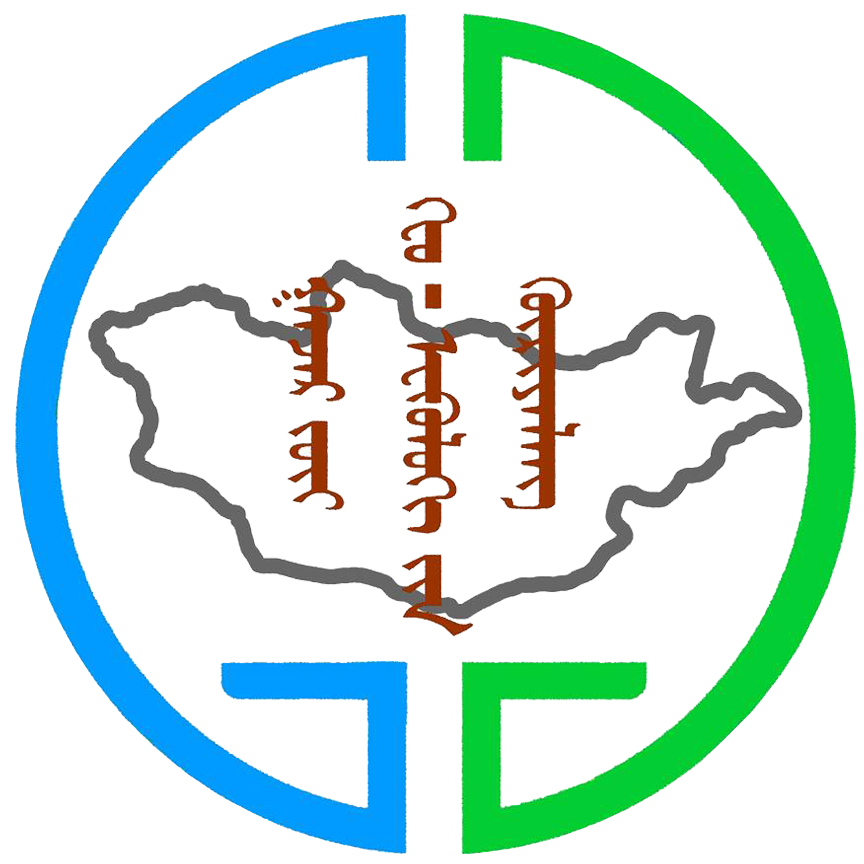In addition to the well‐known biotic response to hydropeaking, the occurrence of ice, its interrelation with hydropeaking and possible mitigation are still poorly investigated. The goal of this study was to determine the impacts of hydropeaking on ice formation and the design of possible mitigation measures in the cold Mongolian climate. The study was conducted for the Eg hydropower plant, which is intended to be built on the lower course of the Eg River in northern Mongolia. To achieve this aim, representative hydrographs of three scenarios, that is, (a) unregulated flow, (b) regulated flow without mitigation measures and (c) flow regulated by a downstream buffer dam, were defined using the reservoir simulation model HEC‐ResSim. These three hydrological scenarios were compared according to the hydraulic parameters and the predicted ice formation and simulated by the HEC‐RAS hydraulic model, especially for the cold season from November to February. The results show that the river morphology interacts with hydropeaking, with ice walls building up along both banks of the river in the dewatering areas. The build‐up of ice walls increases the risk of flood damage downstream due to melting ice jams, as the braided active channels are covered by ice up to a width of 2.6 km and a maximum depth of 3.0 m due to hydropeaking. In conclusion, it was found that high priority has to be given to achieving hydrological mitigation with the proposed buffer dam.
